Misconceptions about ISO
Earlier versions of all ISO standards placed a greater emphasis on documentation. As a result, in the past, ISO standards pushed firms to focus on having as many processes as possible, which did not supply much value to the organization.
However, in recent revisions of the standard, the standard has been altered to be much more like a business plan that genuinely responds to the firm’s needs. Moreover, in recent versions of ISO Management Systems, a risk-based approach has started to be adopted.
Implementing an ISO management system can be challenging, and it is important to be aware of potential pitfalls to avoid them. Here are ten common pitfalls when implementing an ISO Management System.
Pitfall #1 | Misconceptions about ISO
The first misconception is that ISO standards were generally perceived as being filled with bureaucracies and that the primary focus should be on documentation. Unfortunately, in the past, standards required organizations to have as many procedures as possible, which was only sometimes the best course of action.
However, in recent years, ISO standards have changed to be much more in line with the needs of the organizations – almost as if the standard was like the company’s own business plan. This is mainly attributed to the risk-based approach that started being implemented, with the organizations focusing on management systems that reaped the most benefits.
Pitfall #2 | Overdoing it with Documentation
The second misconception is overdoing it with the requirements and documentation. As previously explained, earlier versions of ISO standards focused on having as many procedures as possible, but that requirement is no longer present.
Companies may do some work before hiring a consultant, which generally results in overcomplicating requirements with many forms and bureaucracies.
If a non-ISO expert interprets the standard as it is, he or she will create a system for each and every one of the requirements. Therefore, ending up with multiple methods that prove to be inefficient. When working with an expert in ISO management systems, you will have systems capable of meeting different requirements simultaneously.
Remember, we have to ensure that we are implementing a system that will help our business improve its quality and efficiency rather than one based on bureaucracy.
Pitfall #3 | Overcomplicating Procedures
Sadly, this is one of the most common pitfalls when implementing an ISO Management System. So pay extra attention!
When creating company procedures, it is possible to overcomplicate the systems unnecessarily. It is essential to keep in mind that these procedures make the company what it is. The company generally has a number of core activities that most procedures will cater to. When creating or modifying processes, we typically cater to the 80% deemed as the core activities. The other 20% of activities generally require more procedures than the 80% of activities. Nevertheless, they are still part of the company’s key procedures.
When you first begin your implementation process of any ISO management system, you should focus on the 80% of core activities within your organization, and you should work with those to ensure that you are creating a manageable system.
Always keep in mind that if having hundreds or tens of procedures is going to be overwhelming, it’s best to have a few processes that make it realistic for everyone in the business to follow, and procedures should be practical and genuinely useful for the people by giving them a step-by-step approach of how to tackle the most common circumstances within the organization.
Pitfall #4 | Mindset of Continual Improvement
There is no such thing as a flawless management system, and no matter how hard one tries, creating one with such conditions is impossible. As a result, it should be accepted that perfection is never the target for a management system.
When getting certified as a company, the main aim must be to build a management system that revolves around continuous improvement. Such continual improvement should be data-driven. Data will be the main source of decision-making rather than personal experience ad intuition.
Furthermore, you cannot go from having no processes to having an overabundance of bureaucratic procedures; The delicate line between having no procedures and having far too many procedures must be respected. ISO Management Systems will aid you in finding this delicate balance.
Pitfall #5 | Not Having Involvement of Top Management to Allocate Resources (Time & Money)
The fifth issue that may be met when trying to implement a management system within an organization is a lack of top management involvement in the implementation process. This is an issue because, as you can imagine, the top management of any organization is the people who will be able to allocate the resources required for any project to succeed. If ISO as a project is endorsed by the management team, it is easier to allocate sufficient time and money to successfully drive the project forward.
With strong support from top management, gaining the necessary resources and commitment from other organization members can be easier.
Having an ISO certification could sometimes be a requirement of a client or a supplier. Unfortunately, more often than not, companies that use this as the sole motivator to get ISO do not see the benefit of continuous improvement. As a result, they will either fail during the implementation process else the implementation team may be significantly hindered by not having the resources required to implement the management system within your organization.
Therefore, this is a significant roadblock for any company trying to implement an ISO management system without the full commitment of the management team. Top management with the wrong mindset will not distribute the resources that are needed, both in terms of time and money, to ensure that the company achieves the full benefit of implementation.








